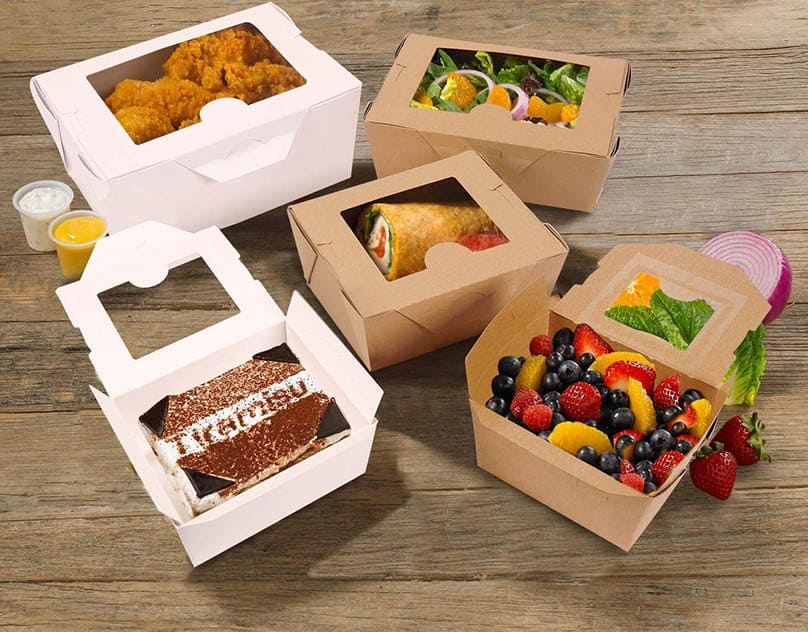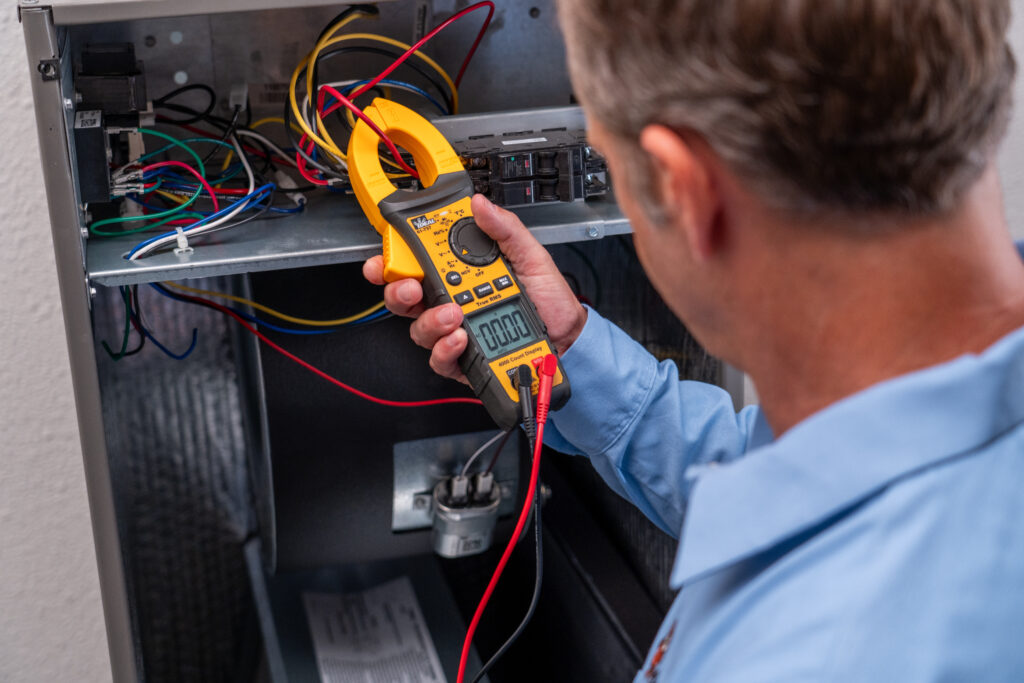
In the competitive food industry, custom frozen food packaging serves as more than just a container. It plays a vital role in product preservation, branding, customer experience, and regulatory compliance. For startups, choosing the right packaging can directly influence success, as it affects shelf appeal, shipping durability, and product freshness.
Why Startups Need a Strategic Packaging Approach
First Impressions Matter
Packaging is the first point of interaction between a brand and a potential buyer. Unique and professional packaging builds brand credibility and attracts consumers in busy retail environments.
Maintaining Product Integrity
Frozen foods are highly perishable. High-quality custom frozen food packaging ensures that items remain fresh throughout transportation and storage, minimizing spoilage and loss.
Cost-Effective Branding
For startups with limited marketing budgets, packaging serves as a mobile billboard. Smart design and logo placement can enhance visibility without recurring advertising costs.
Types of Frozen Food Packaging Materials
1. Polyethylene (PE)
Widely used for its moisture resistance and low cost. Ideal for items like frozen vegetables or seafood.
2. Polypropylene (PP)
Known for strength and clarity, often used for microwaveable trays and containers.
3. PET (Polyethylene Terephthalate)
Popular for its durability and recyclability, PET suits both retail-ready and bulk packaging.
4. Multi-Layer Laminates
Combining various materials for high-barrier protection, these are excellent for products needing extended shelf life.
Essential Features of Custom Frozen Food Packaging
Moisture and Vapor Barrier
Prevents freezer burn and maintains food texture and taste.
Temperature Resistance
Packaging must withstand extreme cold without cracking or losing integrity.
Sealability
Proper seals prevent contamination and leaks during storage and transit.
Tamper Evidence
Packaging that shows signs of tampering adds a layer of safety and customer trust.
Custom Design Considerations for Branding
Eye-Catching Colors and Graphics
Bright visuals and high-contrast labels stand out in freezer aisles and help convey freshness or flavor.
Clear Product Visibility
Where applicable, adding transparent windows can showcase the product, increasing consumer confidence.
Label Compliance
Include nutritional info, expiration dates, and any regulatory certifications like FDA or USDA approvals.
Sustainable Choices
Eco-conscious designs like recyclable materials or plant-based inks align with modern consumer values.
How to Choose the Right Packaging for Your Product
Assess Your Product Type
Different products (e.g., meats, baked goods, ready meals) have different packaging needs, from vacuum sealing to compartmentalized trays.
Consider Shelf Life and Transport
Longer supply chains demand better barrier materials and insulation.
Know Your Sales Channels
Selling in supermarkets requires packaging that attracts retail consumers, while direct-to-consumer shipping might prioritize insulation and durability.
Printing Techniques for Custom Frozen Food Packagin
Flexographic Printing
Cost-effective for large runs, suitable for bold and simple designs.
Digital Printing
Ideal for short runs, startups, or packaging requiring frequent updates.
Rotogravure Printing
High-quality, precise image reproduction—often used for premium frozen food brands
Legal and Regulatory Compliance
FDA and USDA Guidelines
Ensure your packaging materials and labeling meet the standards for food safety.
Allergen Declaration
If your product contains or is processed with allergens, it must be clearly stated on the packaging.
Barcode and Traceability
A scannable barcode helps in inventory control and product recall tracking if necessary.
Sustainability in Frozen Food Packaging
Recyclable and Biodegradable Materials
More startups are choosing packaging with lower environmental impact to meet customer demand and reduce waste.
Lightweight Design
Reduces shipping costs and environmental footprint without compromising protection.
Reusable Packaging Options
Some brands experiment with packaging customers can repurpose or return, especially for local or subscription-based models.
Mistakes to Avoid When Choosing Custom Packaging
Underestimating Freezer Conditions
Not all packaging labeled “food-safe” is freezer-safe. Always test before bulk production.
Neglecting Branding
Plain packaging might save money upfront, but weak branding loses shelf appeal and market recognition.
Choosing the Wrong Size
Oversized packaging increases costs and storage needs; undersized options risk damaging the product.
Working with a Packaging Supplie
Request Samples
Always test different materials with your product to evaluate durability, seal quality, and print performance.
Ask About MOQs (Minimum Order Quantities)
Startups should look for suppliers who offer low MOQs to avoid excessive inventory and cost.
Ensure Clear Communication
Share design files, nutritional information, and functional requirements clearly to avoid costly mistakes.
Steps to Create Your First Packaging Order
- Define your product and packaging goals
- Choose a packaging material suitable for freezing
- Design your label or artwork
- Get samples made for testing
- Verify compliance with food safety regulations
- Place your first small-batch order
- Evaluate customer response and make adjustments
5 Frequently Asked Questions
Q1: What is the most important factor in custom frozen food packaging?
Temperature resistance and moisture barrier properties are critical to prevent freezer burn and maintain product quality.
Q2: Can startups afford custom frozen food packaging?
Yes. Many suppliers offer low minimum order quantities and digital printing for short runs, making it cost-effective for new businesses.
Q3: How long does it take to get custom packaging made?
It depends on complexity, but on average, design to delivery takes 2–6 weeks. Sampling and testing can add time but are worth the investment.
Q4: Is eco-friendly frozen food packaging available?
Yes. Startups can choose recyclable films, biodegradable trays, or compostable labels depending on their budget and product type.
Q5: How can I make my packaging stand out in a freezer aisle?
Use bold colors, readable fonts, and appetizing product images. Consider adding transparent windows and high-gloss or matte finishes for visual appeal.





